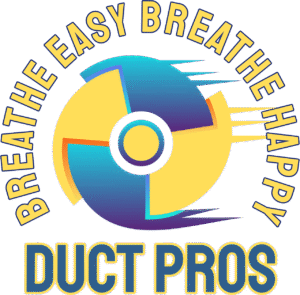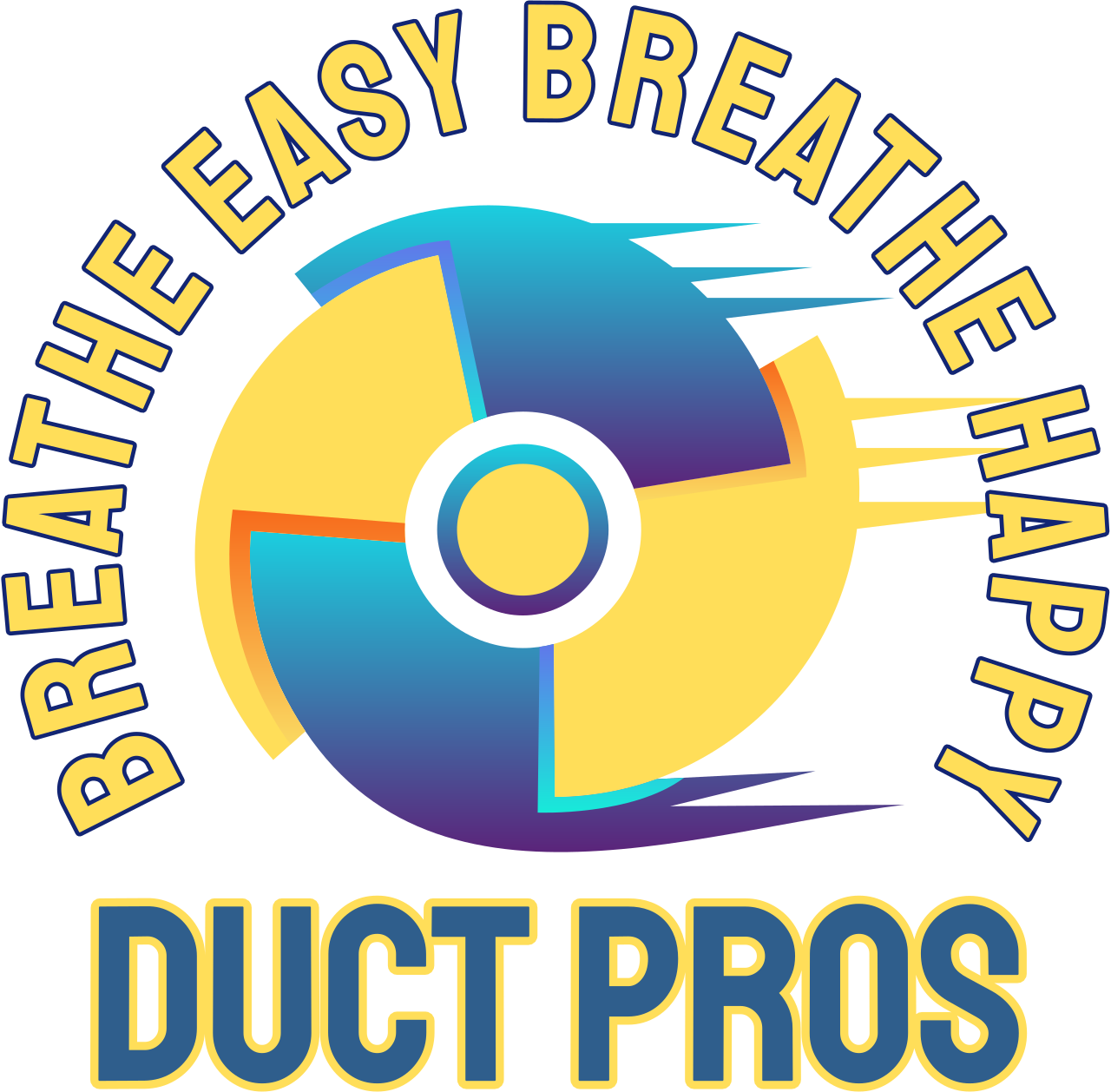How Are Air Ducts Cleaned?
Keeping your indoor environment clean is essential for both the health of your family and the efficiency of your HVAC system. One of the most effective ways to achieve this is by having your air ducts professionally cleaned. But what exactly does that process involve? In this article, we’ll walk you through each step of a typical air duct cleaning appointment so you know what to expect when you hire a trusted professional like Duct Pros.
Why Is Air Duct Cleaning Important?
Over time, air ducts can collect dust, pet dander, mold spores, and other airborne particles. These contaminants don’t just sit in your ducts — they circulate through your home every time the HVAC system runs. This can worsen allergy or asthma symptoms, particularly in households with sensitive individuals. Beyond health concerns, dirty air ducts can also restrict airflow, making your heating and cooling system work harder and use more energy.
Routine air duct cleaning helps maintain indoor air quality, supports HVAC system efficiency, and can even extend the life of your system. Regular maintenance is particularly important in homes with pets, smokers, recent renovations, or residents with respiratory conditions.
Step 1: Initial Inspection of the System
The first step in the cleaning process is a thorough assessment of your HVAC system. A certified technician from Duct Pros will inspect your ductwork, vents, and registers to determine how much cleaning is needed and identify any problem areas. During this process, the technician may also spot signs of issues like mold growth, pests, or damaged ductwork, allowing for early intervention.
Step 2: Preparing the Work Area
Next, the technician prepares your home for a clean and safe service visit. Drop cloths are placed over flooring and furniture near the vents to protect your interior. Dust containment measures are set up, and access ports may be installed so that cleaning tools can reach deep inside your ductwork. This step ensures minimal disruption and prevents debris from escaping into your living spaces during the cleaning process.
Step 3: Sealing Unused Ducts
To maximize suction and improve efficiency, all openings in the duct system not currently being cleaned are temporarily sealed. This step helps contain contaminants within the duct system and enhances the vacuum’s ability to remove dirt and debris. It also prevents loose particles from re-entering the recently cleaned areas.
Step 4: The Cleaning Process
The cleaning process typically involves two main techniques: vacuuming and brushing.
Vacuuming
High-powered vacuums are connected to the duct system to create negative air pressure. This setup pulls loose dust, dirt, and debris out of the ductwork. These vacuums are specifically designed for HVAC systems and are equipped with HEPA filters to capture even tiny particles that may pose health risks.
Brushing
After vacuuming, technicians use specialized brushes to scrub the inside walls of your air ducts. These rotating brushes gently but effectively remove any buildup that may be clinging to duct surfaces. The choice of brush is important to avoid damaging the duct material while ensuring a deep and thorough clean.
This combination of suction and agitation is essential for clearing out dust, pollen, pet hair, and other contaminants that might otherwise stay trapped inside your ventilation system.
Step 5: Sanitization (When Necessary)
In some cases, especially if mold, bacteria, or strong odors were detected during the inspection, the technician may recommend an additional air duct sanitization step. Using EPA-approved solutions, this process helps neutralize microorganisms and deodorize the ductwork, ensuring cleaner air circulates throughout your home.
Step 6: Final Inspection
Once the cleaning is complete, a final inspection is conducted. This ensures all sections of the system were properly cleaned and that airflow has returned to normal. If any issues were found during the cleaning—such as damaged ductwork or broken vent covers—the technician will advise you on the next steps.
You may also be informed about the condition of your vent registers and whether any upgrades or replacements are recommended to improve air distribution and efficiency.
Step 7: Ongoing Maintenance Recommendations
While a professional cleaning can produce immediate improvements in air quality and HVAC performance, it’s not a one-time fix. Most homes benefit from duct cleaning every three to five years, although this varies depending on your household’s size, pets, allergies, and environmental factors.
Keeping up with HVAC maintenance and services like dryer vent cleaning is key to optimizing indoor air quality and reducing fire hazards. For homes with older or crushed dryer hoses, consider a dryer flex replacement to improve ventilation and prevent clogs.
Conclusion
Understanding how air ducts are cleaned helps homeowners make informed decisions about managing their home’s indoor air quality and HVAC efficiency. With a methodical process involving inspection, containment, advanced tools, and expert technique, Duct Pros ensures your ductwork is thoroughly cleaned and safe.
Beyond the health benefits of cleaner air and fewer allergens, duct cleaning can also extend the lifespan of your HVAC system and reduce energy bills. If you’re ready to schedule a cleaning or have questions about your home’s air quality, contact Duct Pros today.
For regular tips and updates, be sure to follow us on Facebook.

